Gravitics, which develops modules for commercial space stations, will work on tactically responsive space applications for the U.S. Space Force.
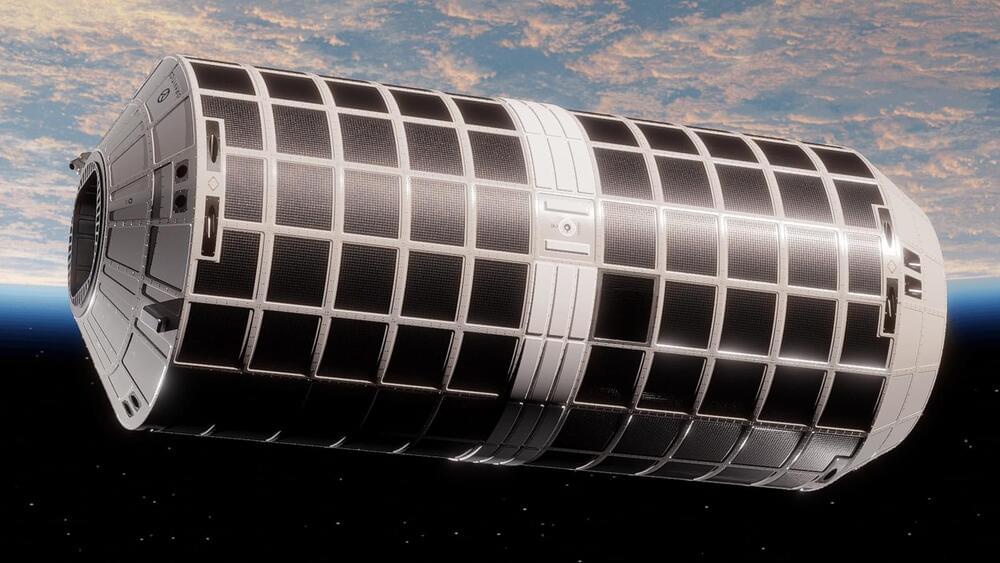

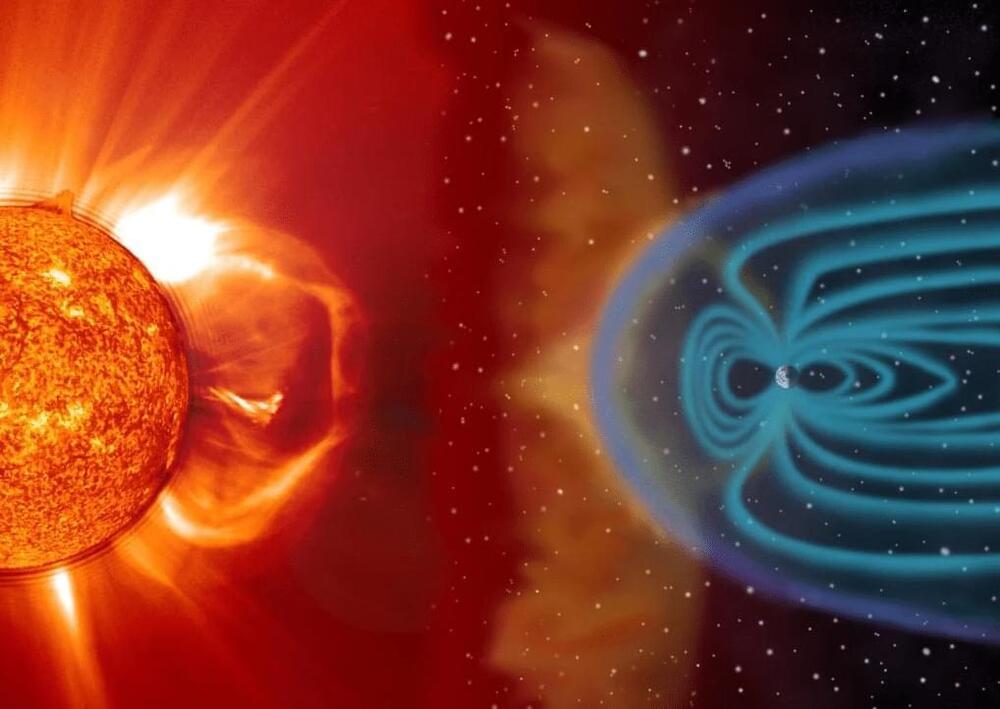

WASHINGTON — Russia, as expected, vetoed April 24 a United Nations Security Council resolution crafted in response to reports that the country was developing a nuclear anti-satellite weapon.
Russia cast the only vote against the draft resolution that reaffirmed provisions in the Outer Space Treaty prohibiting the placement of nuclear weapons or other weapons of mass destruction in space. Thirteen other members of the Security Council voted in favor of the resolution while China abstained. As a permanent member of the Security Council, though, Russia’s vote acted as a veto preventing adoption of the resolution.
Japan and the United States drafted the Security Council resolution, which they billed as the first devoted to outer space issues. The resolution directed members to uphold Article 4 of the Outer Space Treaty, which forbids countries from placing nuclear weapons in orbit or on celestial bodies. It also called on countries not to develop nuclear weapons or other weapons of mass destruction specifically designed to be placed in orbit.

With the continual miniaturization of electronic devices, there is an urgent need to understand the electron emission and the mechanism of electrical breakdown at nanoscale. For a nanogap, the complete process of the electrical breakdown includes the nano-protrusion growth, electron emission and thermal runaway of the nano-protrusion, and plasma formation. This review summarizes recent theories, experiments, and advanced atomistic simulation related to this breakdown process. First, the electron emission mechanisms in nanogaps and their transitions between different mechanisms are emphatically discussed, such as the effects of image potential (of different electrode’s configurations), anode screening, electron space-charge potential, and electron exchange-correlation potential. The corresponding experimental results on electron emission and electrical breakdown are discussed for fixed nanogaps on substrate and adjustable nanogaps, including space-charge effects, electrode deformation, and electrical breakdown characteristics. Advanced atomistic simulations about the nano-protrusion growth and the nanoelectrode or nano-protrusion thermal runaway under high electric field are discussed. Finally, we conclude and outline the key challenges for and perspectives on future theoretical, experimental, and atomistic simulation studies of nanoscale electrical breakdown processes.
Does Planet Nine exist? At 5 Sigma, Konstantin Batygin, Mike Brown, and others have found the best evidence yet of it’s existence.
Generation of Low-Inclination, Neptune-Crossing TNOs by Planet Nine.
https://arxiv.org/abs/2404.
Injection of Inner Oort Cloud Objects Into the Distant Kuiper Belt by Planet Nine by Konstantin Batygin and Michael E. Brown.
https://arxiv.org/pdf/2104.05799.pdf.
Eduardo marturet — planet 9, op. 3 • eduardo marturet — planet 9
Konstantin’s Band.
https://theseventhseason.net/
YouTube Membership: / @eventhorizonshow.
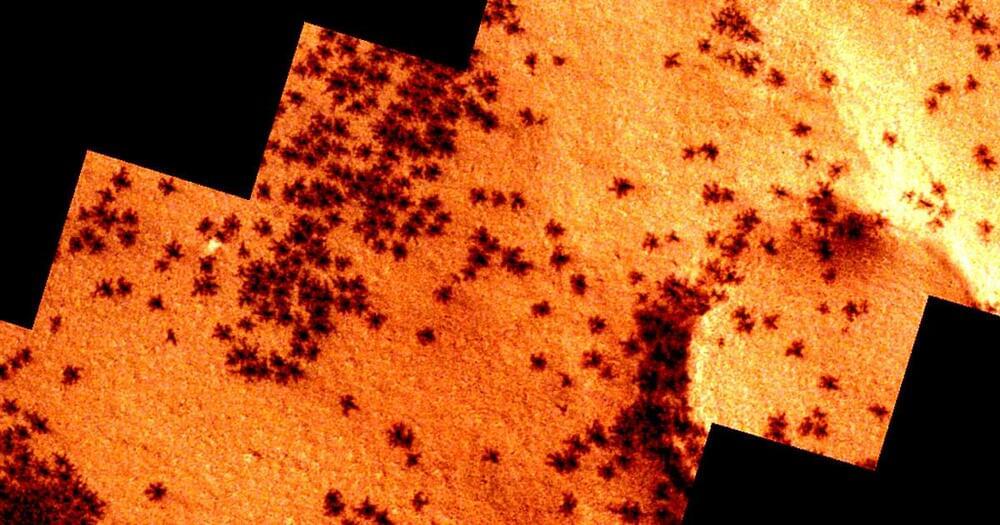
Imagine a real spider 3,300 feet across.
The European Space Agency’s Mars Express orbiter has spotted “spiders” on the Red Planet’s southern polar region.
But they’re not the arachnids we fear or adore back on Earth — they’re the result of a complex geological process that causes carbon dioxide to sublimate, digging up darker material from below the surface during the planet’s spring.
And they’re a whole lot larger than the spiders you’re used to, measuring up to 3,300 feet across.
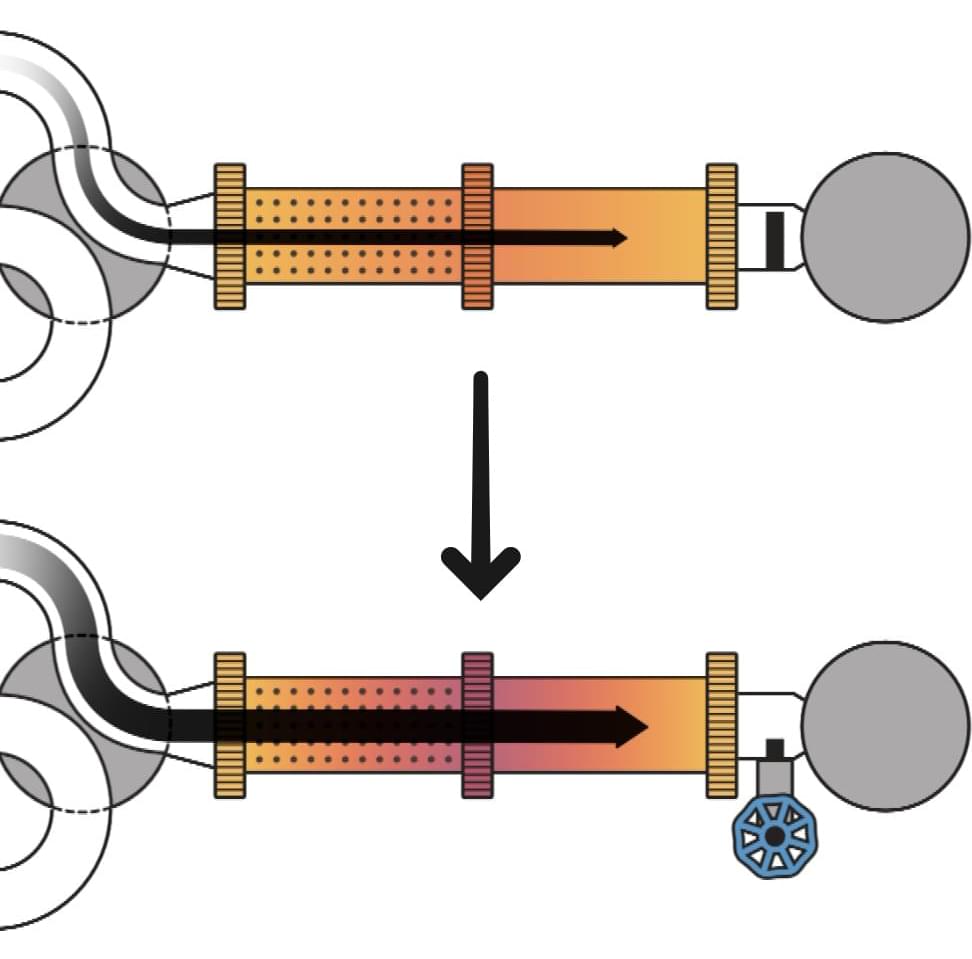
From stabilizing qubits (the basic unit of information in a quantum computer) to maintaining the superconducting properties of materials and keeping NASA’s James Webb Space Telescope cool enough to observe the heavens, ultracold refrigeration is essential to the operation of many devices and sensors. For decades, the pulse tube refrigerator (PTR) has been the workhorse device for achieving temperatures as cold as the vacuum of outer space.
These refrigerators cyclically compress (heat) and expand (cool) high pressure helium gas to achieve the “Big Chill,” broadly analogous to the way a household refrigerator uses the transformation of freon from liquid to vapor to remove heat. For more than 40 years, the PTR has proven its reliability, but it is also power-hungry, consuming more electricity than any other component of an ultralow temperature experiment.

A scientist at the University of Portsmouth claims to have ‘evidence’ that humanity exists with a simulation. In the 1999 movie The Matrix, the plot centers around the fact that we live in a digital simulation, and scientist Melvin Vopson claims that fact may match the fiction of the popular blockbuster.
Vopson has written extensively on the topic of the possibility that the known universe is a digital facsimile. He has provided articles for The Conversation and authored a book, Reality Reloaded, on the theme.
But while many of the theories posited about the universe being a simulation are in the realm of the abstract, Vopson now claims to have evidence that support his theory. “In physics, there are laws that govern everything that happens in the universe, for example how objects move, how energy flows, and so on. Everything is based on the laws of physics,” the scientist said in 2022, reports Popular Mechanics.
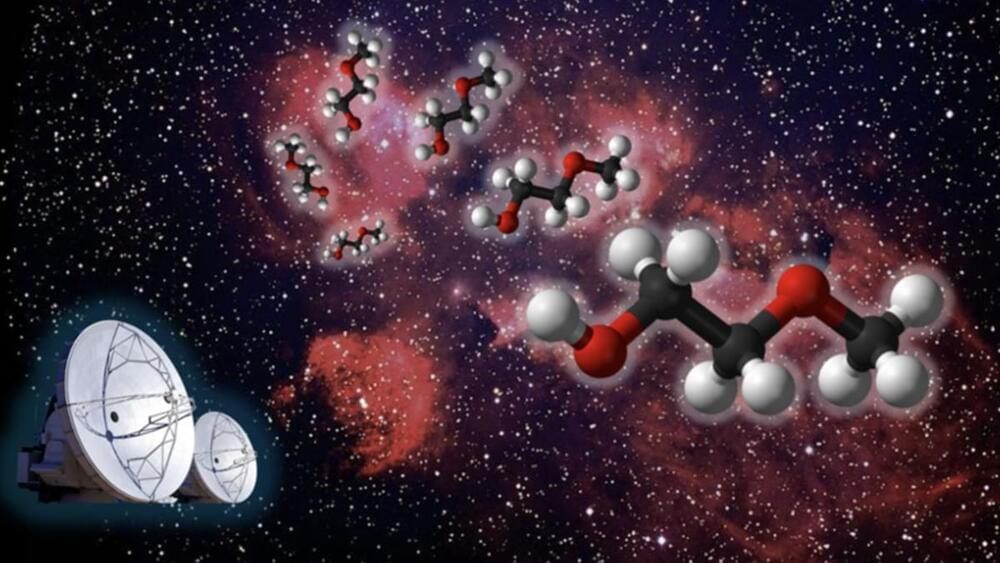

A collaborative study by the University of Oxford and MIT has uncovered a 3.7-billion-year-old magnetic field record from Greenland, demonstrating that Earth’s ancient magnetic field was as strong as it is today, crucial for protecting life by shielding against cosmic and solar radiation.
A new study has recovered a 3.7-billion-year-old record of Earth’s magnetic field, and found that it appears remarkably similar to the field surrounding Earth today. The findings have been published today (April 24) in the Journal of Geophysical Research.
Without its magnetic field, life on Earth would not be possible since this shields us from harmful cosmic radiation and charged particles emitted by the Sun (the ‘solar wind’). But up to now, there has been no reliable date for when the modern magnetic field was first established.